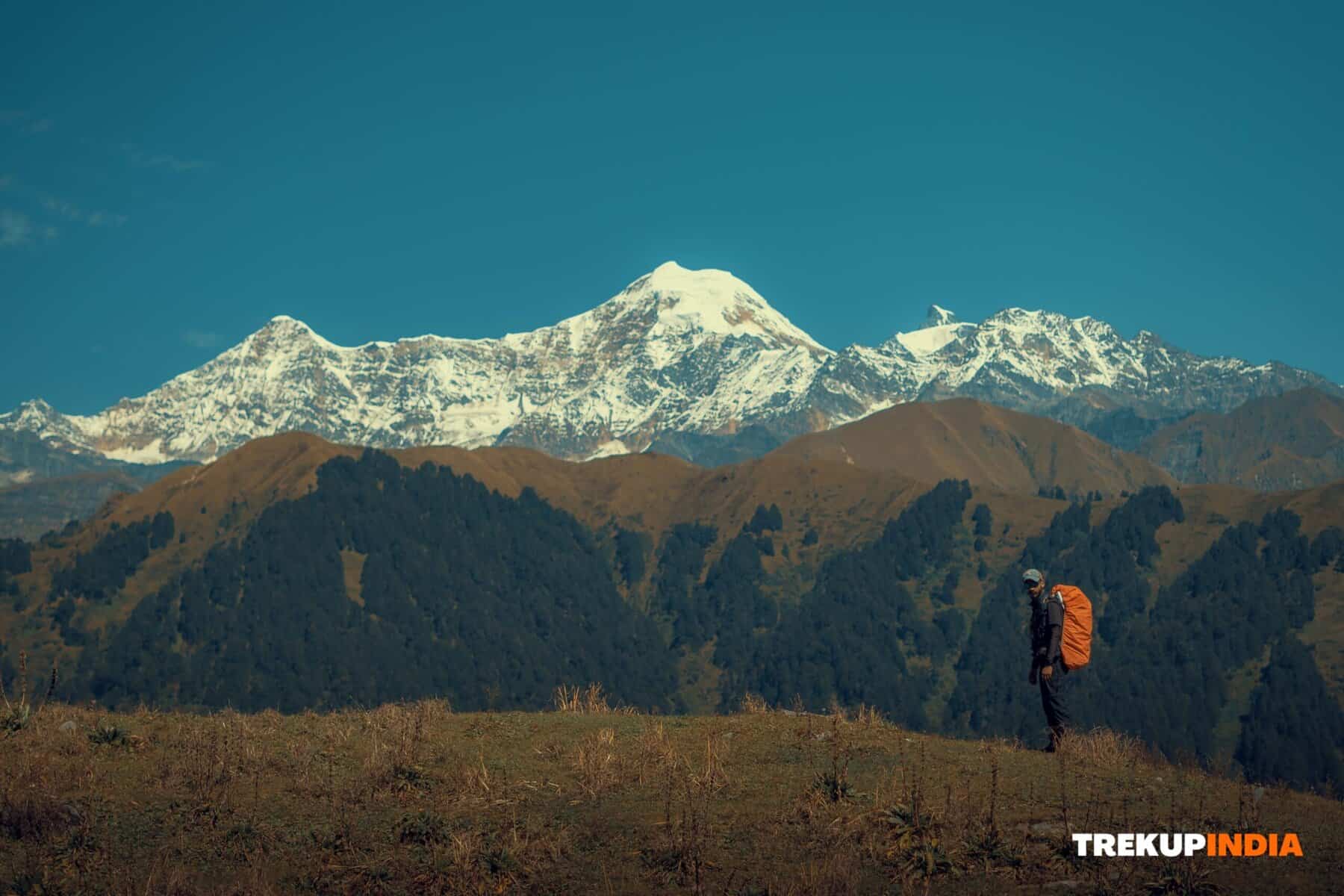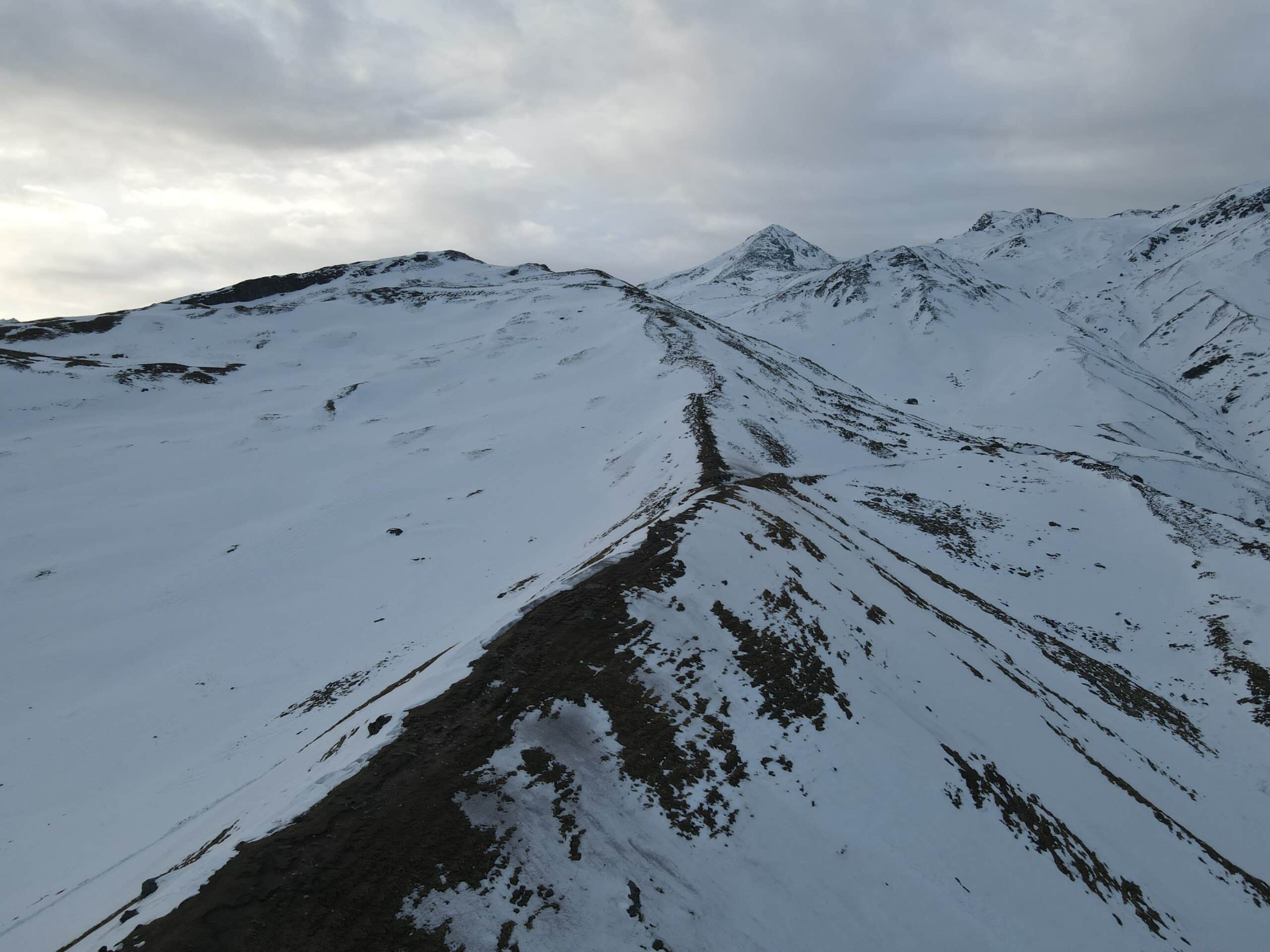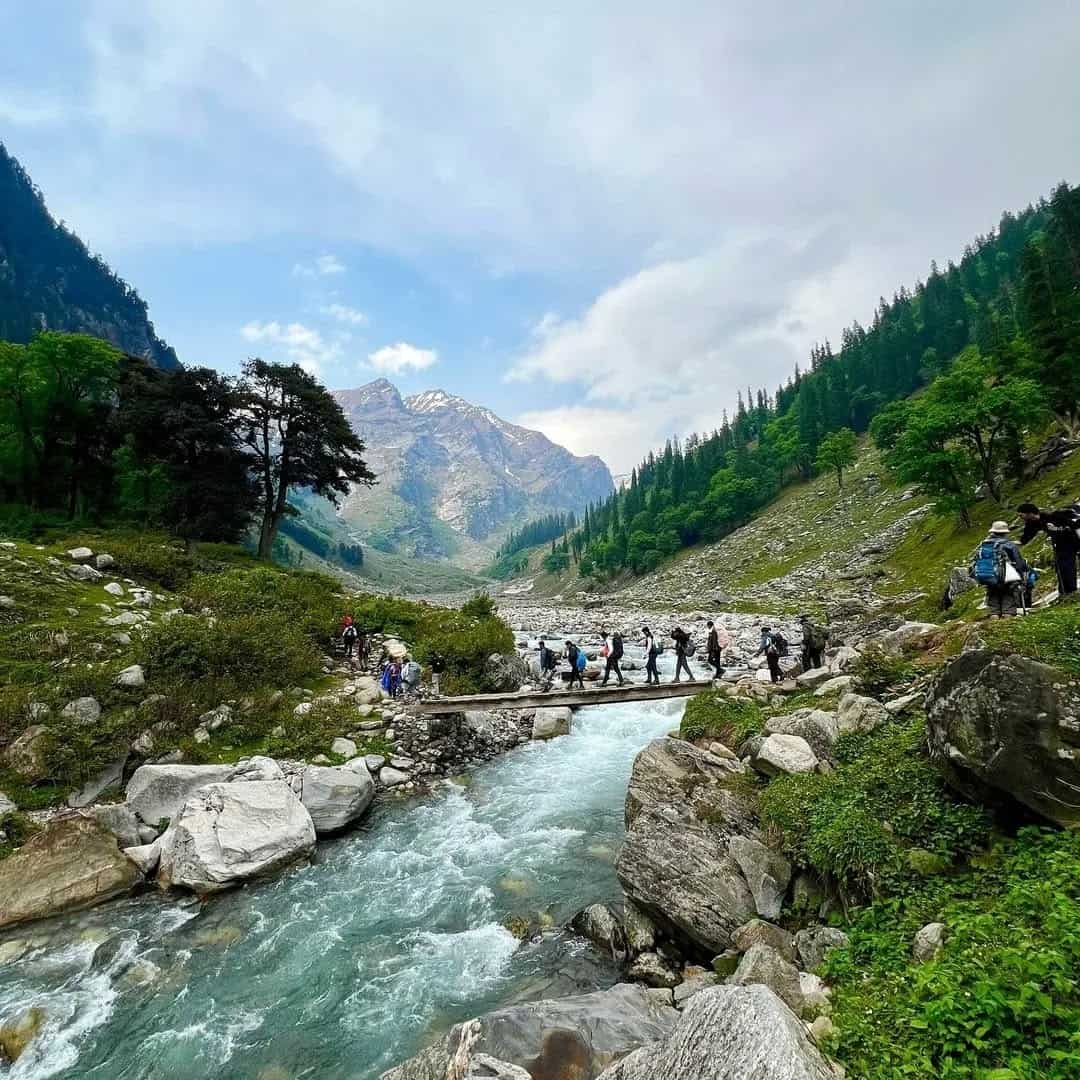Pacing Yourself: The Art of a Sustainable Trekking Rhythm
Trekking is not about winning; it is an exercise in fitness and pleasure. From trekking Himalayan ridges to traversing Western Ghats rainforests, maintaining an appropriate pace will reduce energy usage, prevent injury, and enhance your journey experience. Discover how you can find your optimal trek pace when traversing India’s varied terrain.
Pace Matters
Overexerting can result in: early fatigue (hitting “the wall” before summit), altitude illness from rapid ascents.
Muscular strain and blisters due to unstable speed. Furthermore, not seeing the view as you take in the air!
An attentive and steady pace is the key to successful trekking:
Increasing distance while experiencing less fatigue
Safely acclimatize (important for high-altitude treks), whilst simultaneously keeping a sharp eye out for nature or culture-related details along the path.
How to Determine Your Best Trekking Pace
- The Talk Test (The Golden Rule)
A sustainable pace. It is recommended to speak in complete sentences without sweating profusely while on trek.
Too fast? If your conversation leaves you breathless, slow it down!
Pro tip: Humming is an excellent way to gauge whether or not your effort has exceeded its limits, as if you can’t carry one out, that may indicate overexertion.
- Mountain Step (for Steep Climbs)
Steps should be short and deliberate, with slight pauses between steps.
Maintain a steady heartbeat on steep slopes (try this exercise on stairs to test it).
On high altitude trails like Roopkund and Stok Kangri, it is best to use this tool.
- The Rest-Step (for Technical Terrain)
To distribute weight evenly onto bone (not muscles), each time you move, lock your knee briefly between each movement to distribute it evenly over time.
Help save energy for more extended downhills (e.g., Valley of Flowers Return trails).
- The 50:10 Rule (for Group Treks)
Walking for 50 minutes followed by rest periods of 10 minutes is recommended as part of any journey.
Help prevent burnout when trekking for an extended duration, such as Har Ki Dun.
Plus: Take breaks to refresh, snack, or adjust gear.
Terrain-Specific Pacing Tips
Terrain | Pacing Strategy |
High-altitude | 30% slower than usual; extra rest stops |
Forest trails | Steady rhythm; watch for roots/slippery leaves |
Rocky ascents | Small steps, hands-free balance |
Snowfields | Follow guide’s footsteps to save energy |
Common Mistakes to Avoid
Starting too quickly (adrenaline can diminish and muscles cramp quickly). Pacing yourself against others (your fitness is their fitness). Ignoring breaks (“just five more minutes will cause exhaustion”), breathing too heavily (nose breathing can help control effort).
For Long Distance Treks
Warm-Up (5 minutes of stretching and mobility exercises). Utilize trekking poles (saving up to 20% in energy when climbing). Stay hydrated prior to thirst coming on (sip every 20 minutes).
Consider snacking smartly (e.g., nuts, dates, or chocolate for slower energy sources).
Conclusion
Trekking isn’t all about speed; it’s about sustainable development. Finding your groove on the trails will turn a strenuous climb into an exhilarating experience, whether that means traversing steep Himalayan passes or lush Western Ghats trails. Taking it at a steady, mindful pace is essential to keeping both body and mind sharp, as well as staying aware of what’s around you.
At Trekup India, we’ve observed time after time that those who take their time and plan their route carefully tend to not only be faster but also happier on their trek. By employing techniques such as Talk Tests, Mountain Steps, and Rest Steps while accepting their limits rather than competing with others, ensuring a more enjoyable and safer journey can provide a pleasant journey experience.
Share this article
Want To Trek Like Pro?
Check out the following videos if you want to trek like a pro trekker and improve your skills. These videos contain helpful tips, tricks, and techniques to help you trek like a pro. Whether you’re a beginner or an experienced trekker, these videos can provide valuable insights to enhance your trekking experience. So, watch the videos below by Trekup India experts to take your trekking skills to the next level.







Know Everything About Acute Mountain Sickness
Acute Mountain Sickness is a medical condition that can occur when individuals travel to high altitudes, typically above 8,000 feet. It is caused by the decrease in air pressure and oxygen levels in the air as altitude increases. Symptoms of Acute Mountain Sickness may include headache, nausea, vomiting, dizziness, and difficulty sleeping. To avoid Acute Mountain Sickness, it is important to gradually adjust to high altitudes and seek medical attention if symptoms worsen. To learn more about this condition, check out the videos by Trekup India.









